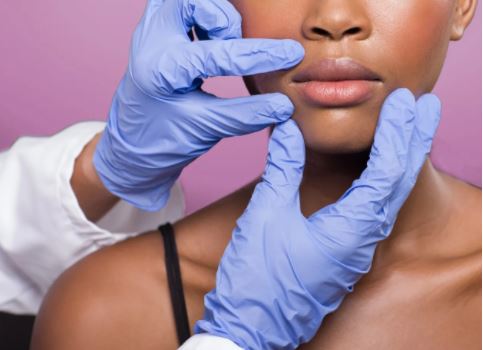Lifestyle
7 crucial reasons to see a dermatologist

Blemishes and wrinkles are very common skin problems. But, there are thousands of conditions that can affect the skin.
Some cause mild symptoms, others can be serious and interfere with everyday life.
Redness, itching, pain, rashes and pus are all signs you need to see a dermatologist. This doctor specializes in treating skin, hair and nails.
These 7 conditions merit a visit to the dermatologist.
1. Acne
Acne is the most common skin condition across the world. It causes various blemishes on the face. They include whiteheads, blackheads, pimples and deep cysts. These often form because oil glands in the skin produce too much of a substance called sebum. It clogs pores. Bacteria can also be the cause. Without proper treatment, it can also leave permanent scars. Treatment can include over-the-counter or prescription creams and gels, oral medication, chemical peels, and laser therapy.
2. Eczema
Eczema is an umbrella term for several chronic skin conditions that cause inflammation (swelling) of the skin. It can be very uncomfortable and emotionally distressing. It often causes red, swollen, dry and itchy skin. The most common type of eczema is atopic dermatitis. Dermatologists can diagnose eczema with certain tests and a skin exam. Over-the-counter and prescription creams and other medicines can ease the condition. Proper skin care is important, too.
3. Psoriasis
Psoriasis stems from a problem with the immune system. This causes skin cells to form too quickly. They then pile up on the surface of the skin. These patches are called plaques. They can be thick and red and have silvery scales. They can be itchy or painful. They usually appear on the elbows, knees, legs, face and scalp. Sometimes they’re on the bottom of the feet. Dermatologists can diagnose psoriasis by looking at a skin sample under a microscope.
4. Signs of aging
Skin changes with age. You may notice wrinkles, dryness or discolorations often called age spots. The sun’s harmful ultraviolet rays and smoking can speed up and worsen these signs of aging. Wearing sunscreen can help prevent more sun damage. Not smoking and eating a healthy diet can also protect skin. But, if you’re unhappy with your appearance, you may want to see a dermatologist. A dermatologist can also help improve the skin’s texture and color.
5. Skin cancer
Skin cancer is the most common type of cancer. It’s also the easiest cancer to cure if diagnosed early. However, the most dangerous type of skin cancer is melanoma. It can be deadly. Several warning signs should prompt a dermatologist visit. They include skin growths that change in size, shape, color, thickness or texture. A key warning sign of melanoma is an irregular growth that’s wider than a pencil eraser. Have a dermatologist check spots on your skin that continuously scab, crust, itch, hurt or bleed.
6. Hair loss
Most people shed up to 100 hairs every day. However, bald patches or thinning hair could be signs of a problem. Pregnancy, stress, and a long list of health issues can lead to hair loss. It also can be an inherited condition. To find the cause of hair loss, a dermatologist may do blood tests and examine a sample of tissue from the scalp under a microscope.
7. Infection
Skin infections caused by yeast, fungus, viruses or bacteria need treatment from a dermatologist. Fungus can lead to nagging and itchy problems, like athlete’s foot. Viruses can cause warts and herpes. Bacterial infections of the skin, such as cellulitis, can become serious or even deadly if not treated with antibiotics. Parasites, like lice and mites, can also cause contagious, itchy skin conditions. A dermatologist can diagnose the source of the infection and determine how best to treat it.






